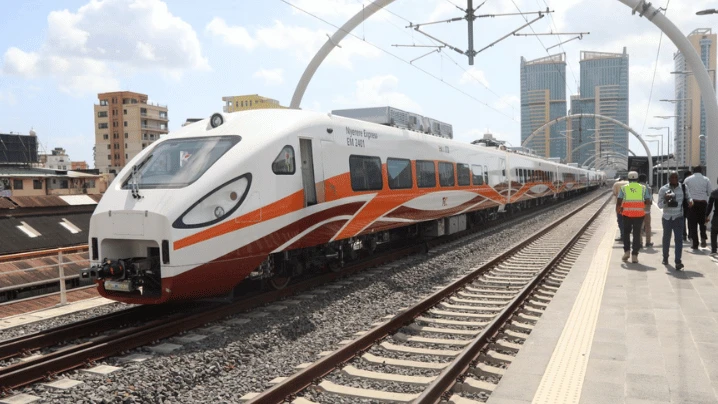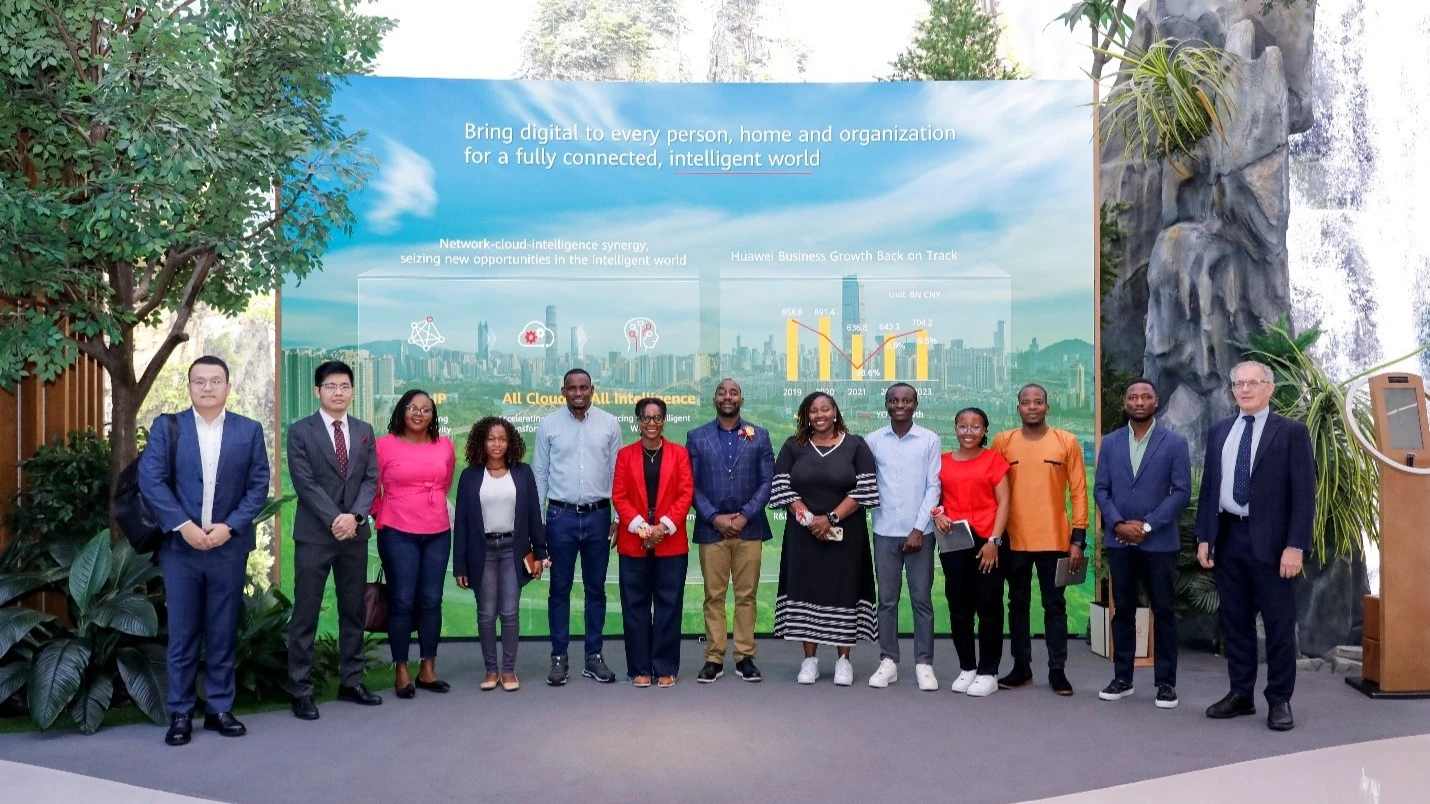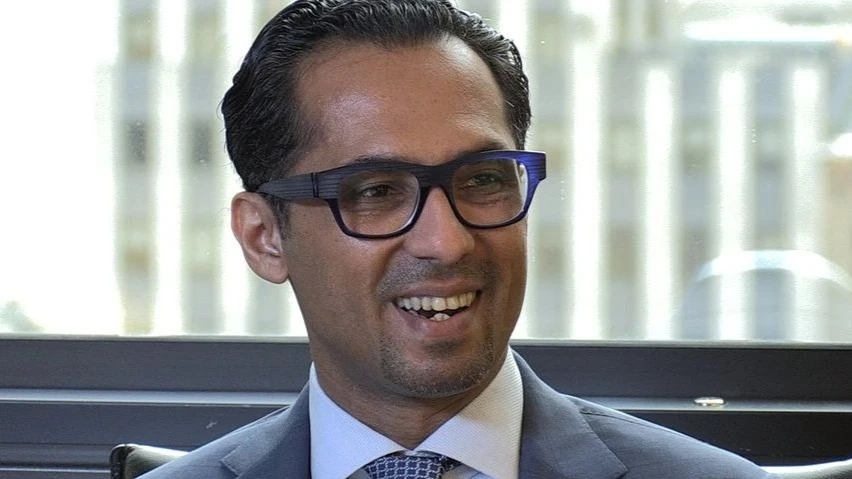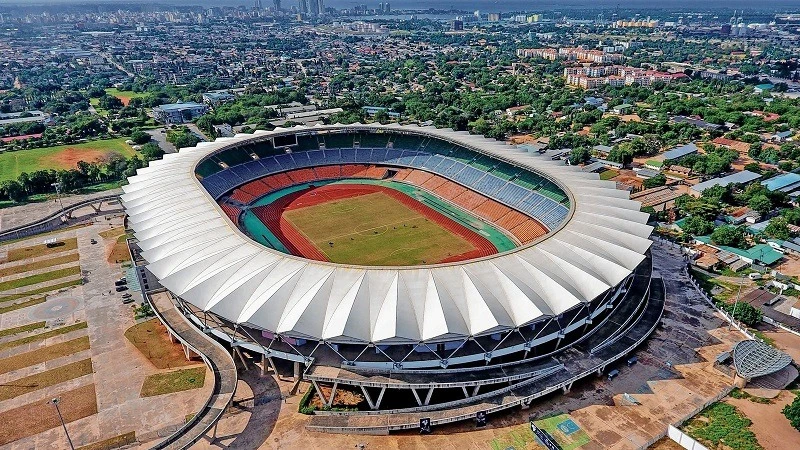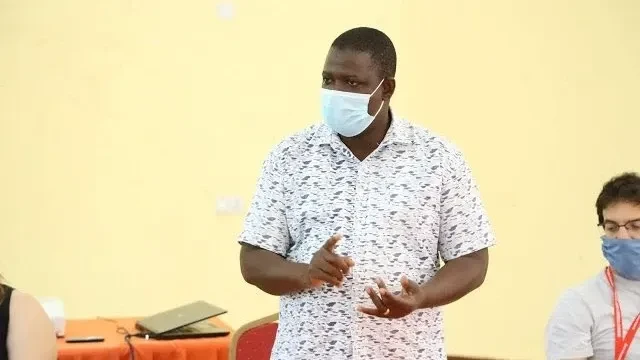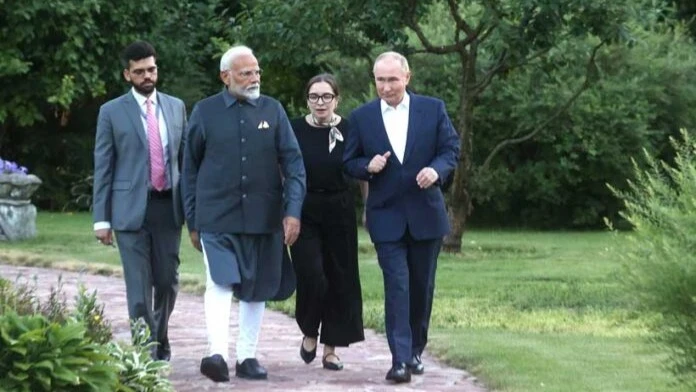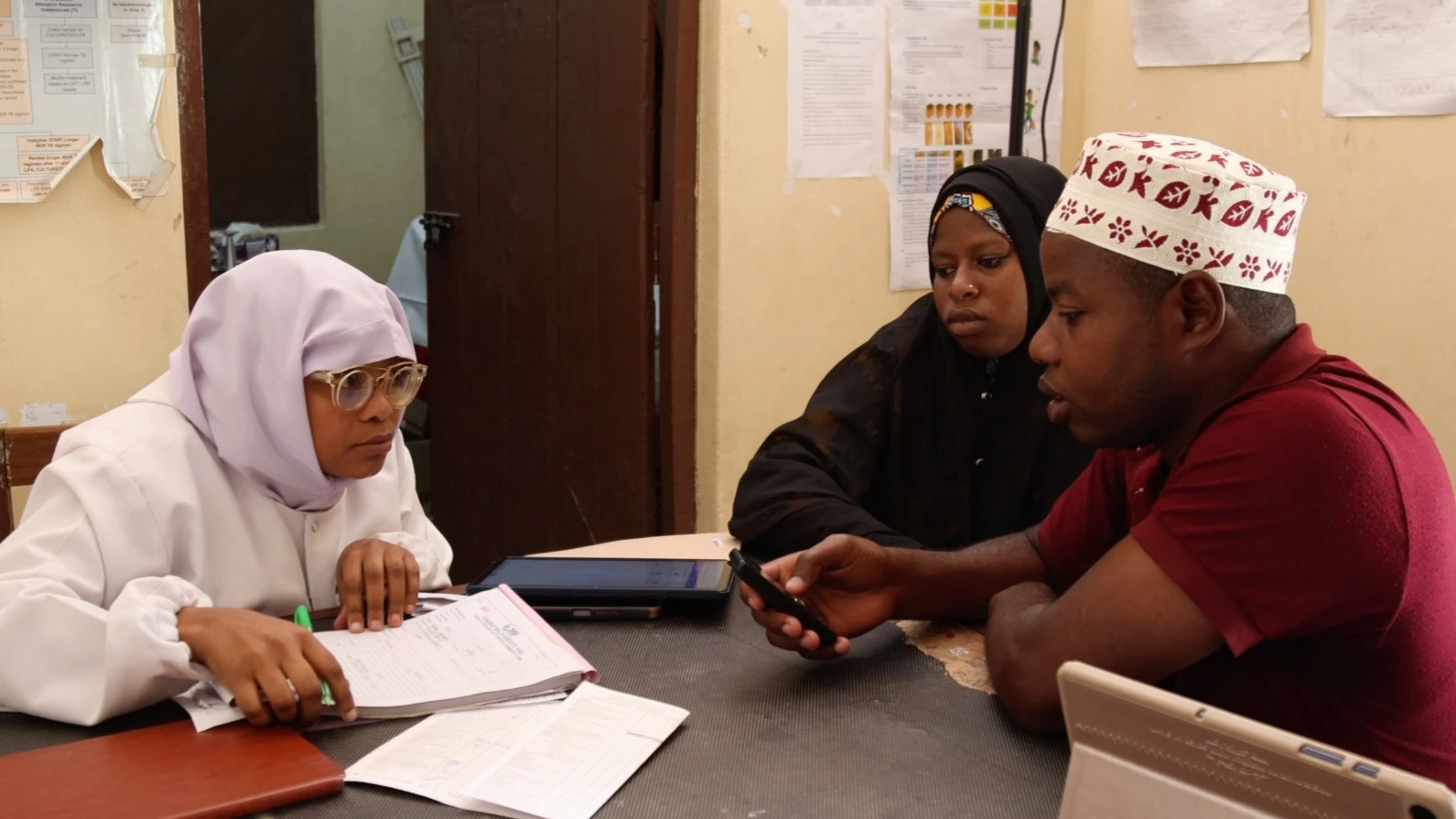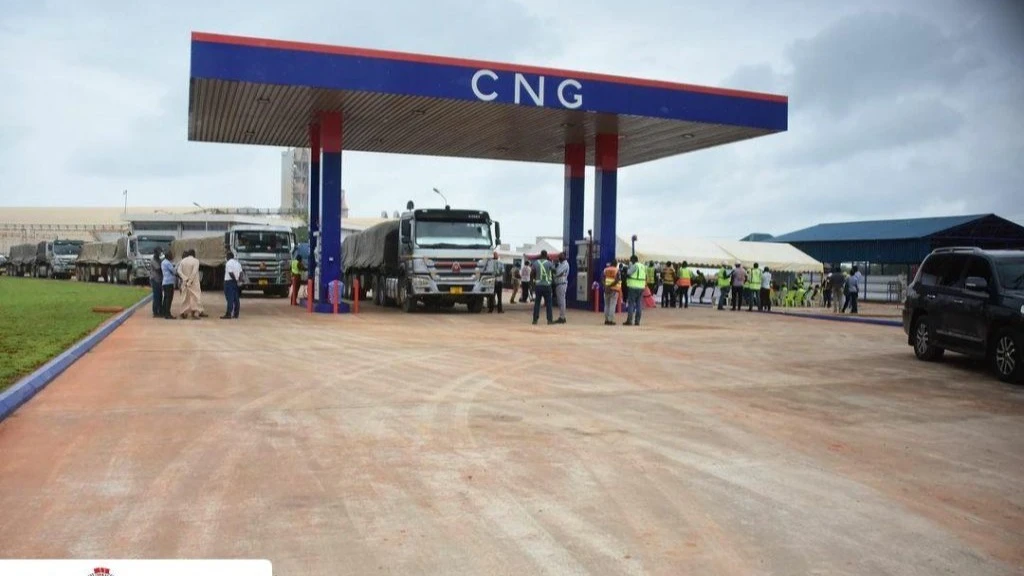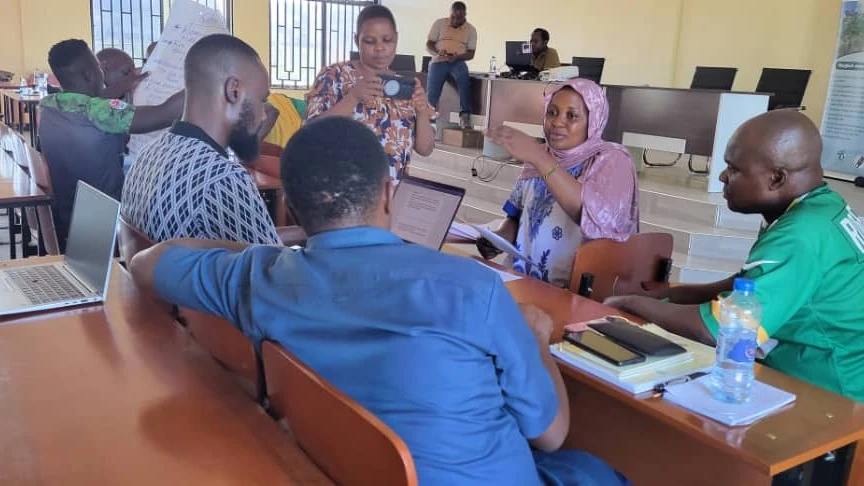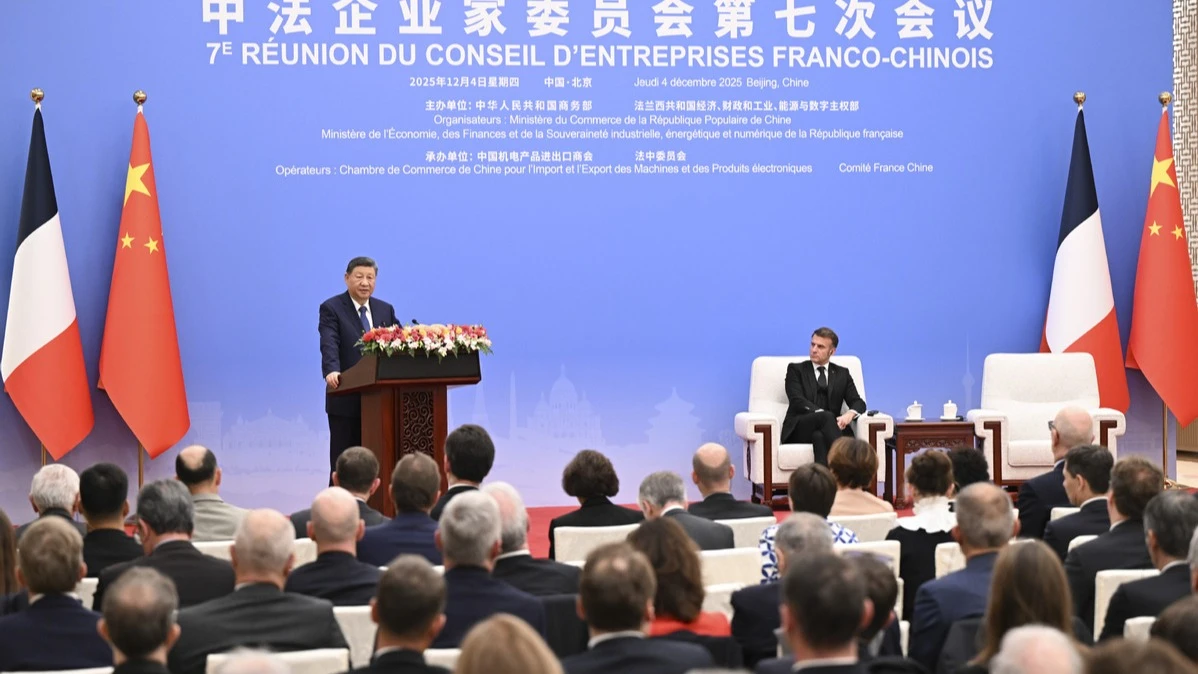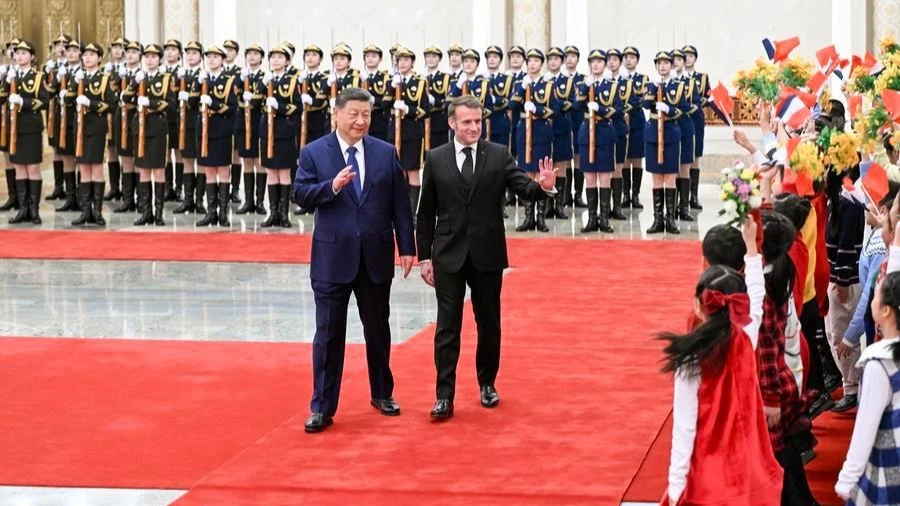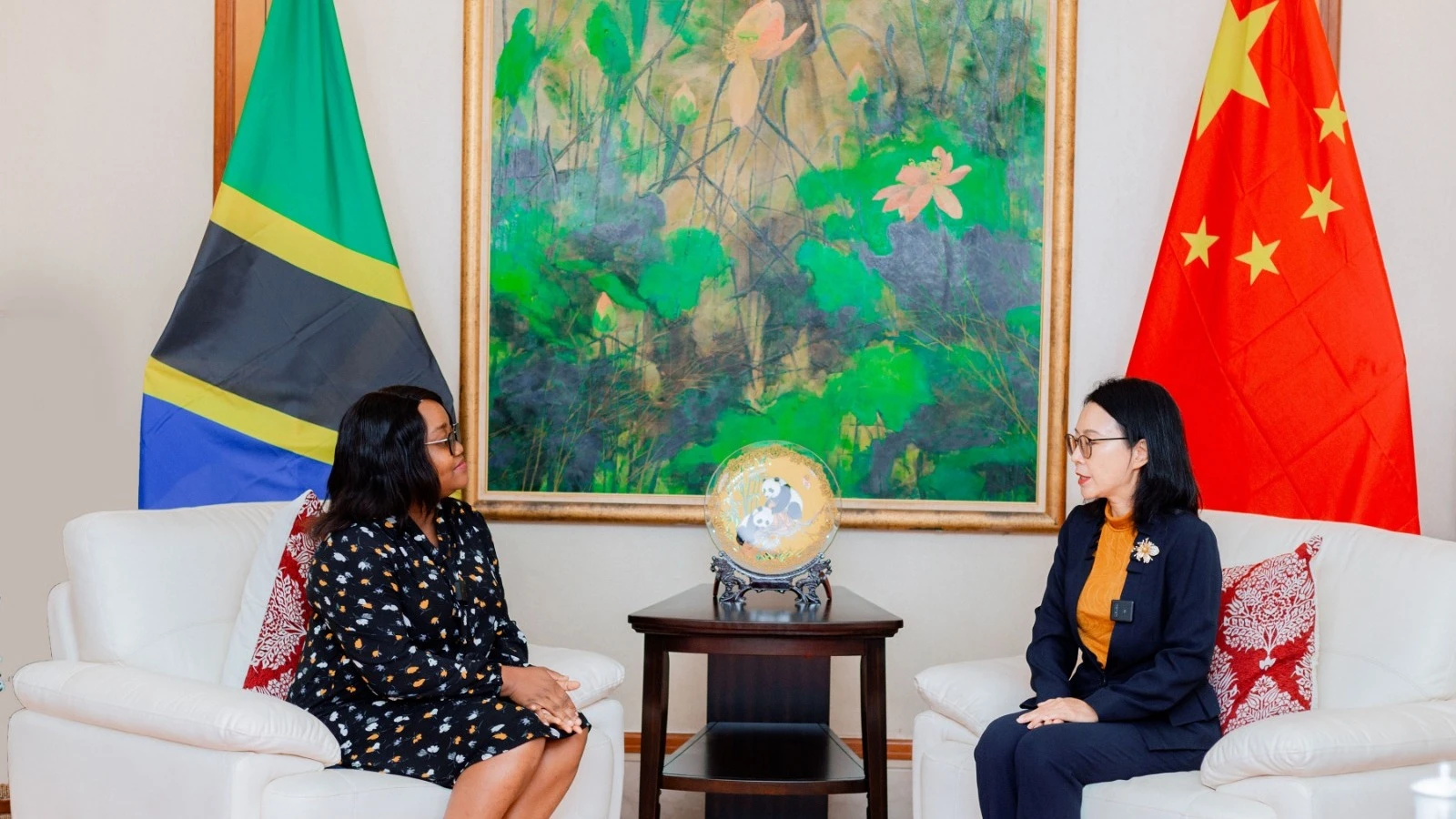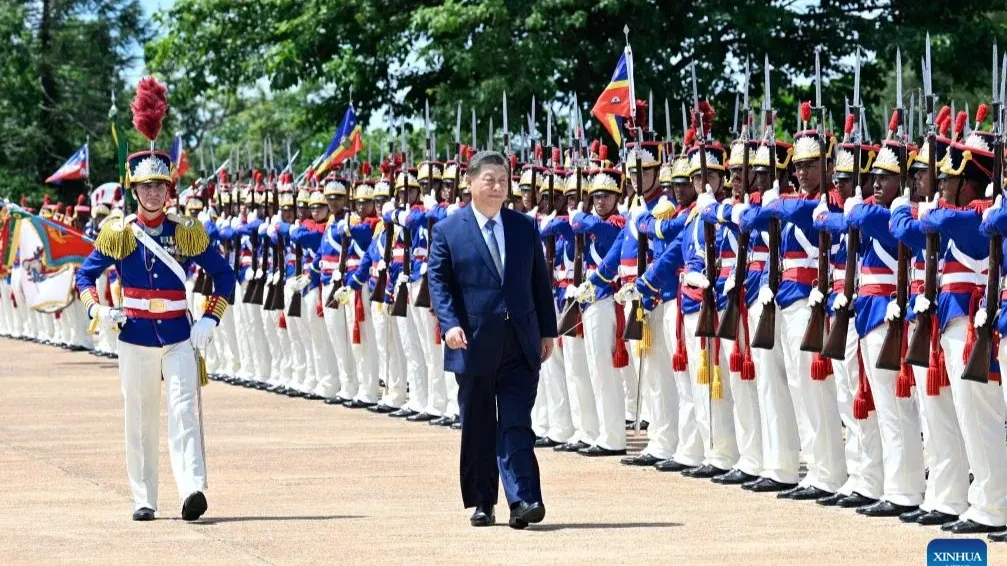Renewables growth sets to double by 2030, led by solar PV
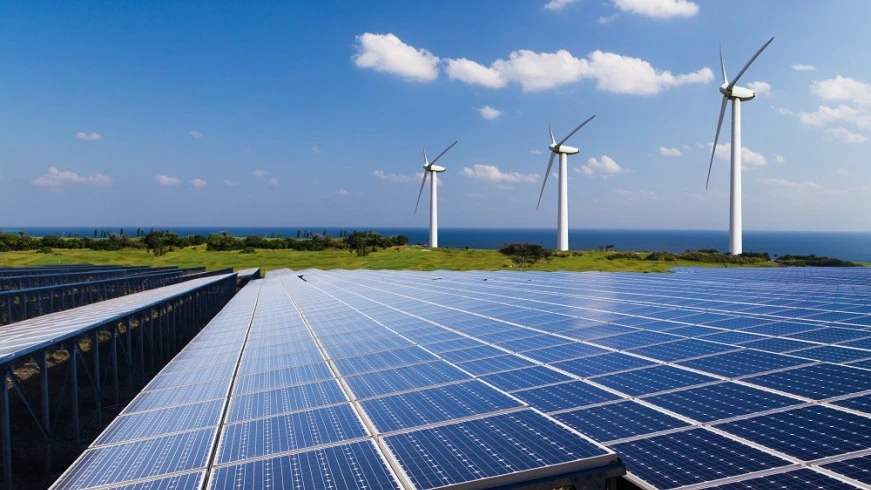
Global renewable power capacity is on course to double between now and 2030, adding about 4,600 gigawatts (GW)—equivalent to the combined electricity generation capacity of China, the European Union, and Japan—according to the International Energy Agency’s (IEA) latest Renewables 2025 report.
The report notes that solar photovoltaic (PV) technology will account for nearly 80 percent of this growth, followed by wind, hydropower, bioenergy, and geothermal. “In more than 80 percent of countries worldwide, renewable capacity is set to grow faster between 2025 and 2030 than in the previous five years,” the IEA said.
However, the agency cautions that the industry faces rising headwinds, including grid integration bottlenecks, supply chain vulnerabilities, and tightening financing conditions.
“Renewables remain the backbone of global power sector growth,” said Fatih Birol, IEA Executive Director. “Yet progress is uneven, and stronger policy action will be crucial to turn national pledges into real-world projects.”
The IEA projects solar PV capacity will more than double over the next five years, driven by falling costs, faster permitting, and broad public support. Meanwhile, global wind capacity is also expected to almost double to over 2,000 GW by 2030, even as manufacturers grapple with supply chain constraints, higher input costs, and delayed approvals.
Hydropower will contribute around 3 percent of new renewable additions by 2030, led by a surge in pumped storage projects. Geothermal energy is expected to reach a historic high, with annual capacity additions tripling between 2024 and 2030—particularly in the United States, Indonesia, Japan, Türkiye, Kenya, and the Philippines.
Forecast Revision and Policy Challenges
The IEA slightly revised down its global forecast, cutting projected growth for 2025–2030 by about 5 percent compared with its 2024 estimate. The decline mainly reflects policy and regulatory changes in the United States and China, which together account for the largest shares of renewable investment.
In the US, the IEA cited “earlier phase-outs of federal tax credits, new import restrictions, the suspension of offshore wind leasing, and tighter permitting rules for onshore projects.” These measures have caused a nearly 50 percent downgrade in the country’s forecast.
In China, a shift from fixed tariffs to competitive auctions has dampened project profitability, although the nation still leads global renewable expansion. “China continues to account for nearly 60 percent of new capacity and is on track to achieve its 2035 wind and solar targets five years early,” the report notes.
Emerging Markets Lead Bright Spots
Elsewhere, the outlook is more positive. India is projected to become the second-largest growth market, with capacity rising 2.5 times in five years, driven by large-scale auctions and rapid rooftop solar deployment. The European Union’s forecast was also revised upward, supported by record utility-scale solar installations and strong corporate power purchase agreements (PPAs) in Germany, Spain, Italy, and Poland.
In the Middle East and North Africa, renewables expansion is accelerating, led by Saudi Arabia’s rapid solar rollout, while Southeast Asian nations are scaling up through new auctions and more ambitious national targets.
Falling Short of COP28 Goals
Despite the strong momentum, the IEA warns the world remains off track to meet the COP28 target of tripling global renewable capacity by 2030. At the current pace, capacity will reach 2.6 times the 2022 level, falling short of the pledge.
However, the IEA’s “accelerated case” shows that reaching 2.8 times the 2022 level is possible if governments reduce permitting delays, invest in grids, expand flexibility for variable renewables, and de-risk financing.
Manufacturers Under Pressure
The report also highlights the financial strain on equipment manufacturers, particularly in China, where solar PV module prices have plunged by over 60 percent since 2023 due to oversupply and fierce price competition. This has pushed margins for top producers to negative 10 percent, resulting in cumulative losses of USD 5 billion since early 2024.
Wind turbine makers outside China reported combined losses of USD 1.2 billion last year, underscoring the cost pressures facing the sector.
Still, the IEA finds that renewable developers remain committed, with one-fifth of surveyed firms increasing their 2030 deployment targets and three-quarters maintaining them. Corporate and utility PPAs now account for 30 percent of global renewable capacity expansion to 2030, double last year’s share.
“Lower solar PV costs and expanding PPA markets are helping to sustain momentum,” the report concludes, “but decisive policy support is needed to secure the global clean energy transition.”
Top Headlines
© 2025 IPPMEDIA.COM. ALL RIGHTS RESERVED



